Saturday morning cartoons certainly had a particular place in your heart if you were a kid in the 1960s. The variety was fascinating, and the animated shows, while lacking the refinement and flair established later in the 1980s and 1990s, were nevertheless entertaining to watch.
The content was bursting with talent, from the spinach-powered sailorman to The Flintstones’ funny antics, and the 60s went on to offer some great characters that are still appreciated today.
We choose our favourite cartoon shows from the 1960s out of a plethora of heartwarming animation shows. Some have faded with the passage of time, while others have developed further in subsequent years, but they all captivated children with their clean, unadulterated episodes. Let us commemorate the past in this film by taking a trip down memory lane and recalling the days of simple and cheerful animation material!
The New Adventures of Superman (1966)
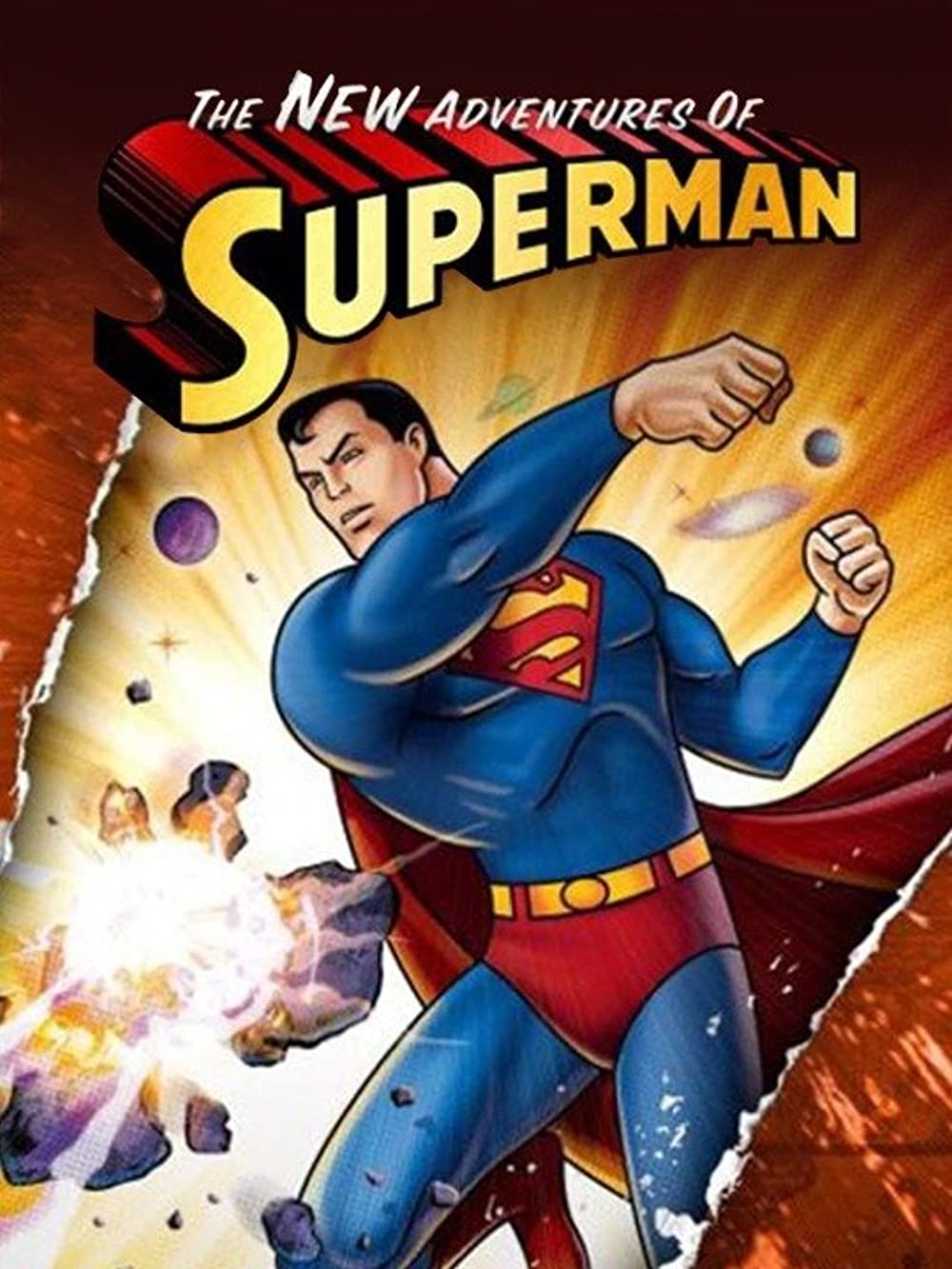
This was the first major project for Filmation Associates, who later went on to become one of the major producers in the animated universe. It was also the first time that Superman, Lois Lane, and Perry White were seen in their animated forms after the Superman short films from the 40s.
It told the story of the Man of Steel, as the visitor from the planet Krypton sought refuge on the Earth and took it upon himself to protect the planet from all kinds of evil. His alter ego was that of the mild-mannered reporter Clark Kent, and Superman took to disrupt the sinister plans of master villain Lex Luthor. There were two Superman segments and one Superboy segment in the episodes, and this show aired on the CBS network, and made the Saturdays worth waiting for!
The show promised four seasons of pure joy for the fans, and it was the perfect start for the Silver Age of superheroes in cartoons. It was probably one of the most powerful versions of Superman that you could come across. He would take missile shots to the chest without batting an eyelid, and nothing apart from Kryptonite could trouble him.
Bud Collyer was wonderful as the voice actor, and he portrayed the strong masculine voice of Superman as well as the mellow and timid voice of Clarke Kent. These cartoons were fast-paced and everyone from kids to adults would be glued to their television sets. The narrative was pretty faithful to the source material, and the non-stop adventures offered plenty of thrills for the viewers. The animation looked lively and colorful, and the high-energy retro fun might be a fun throwback for all you Superman fans out there.
The Jetsons (1962-1963)
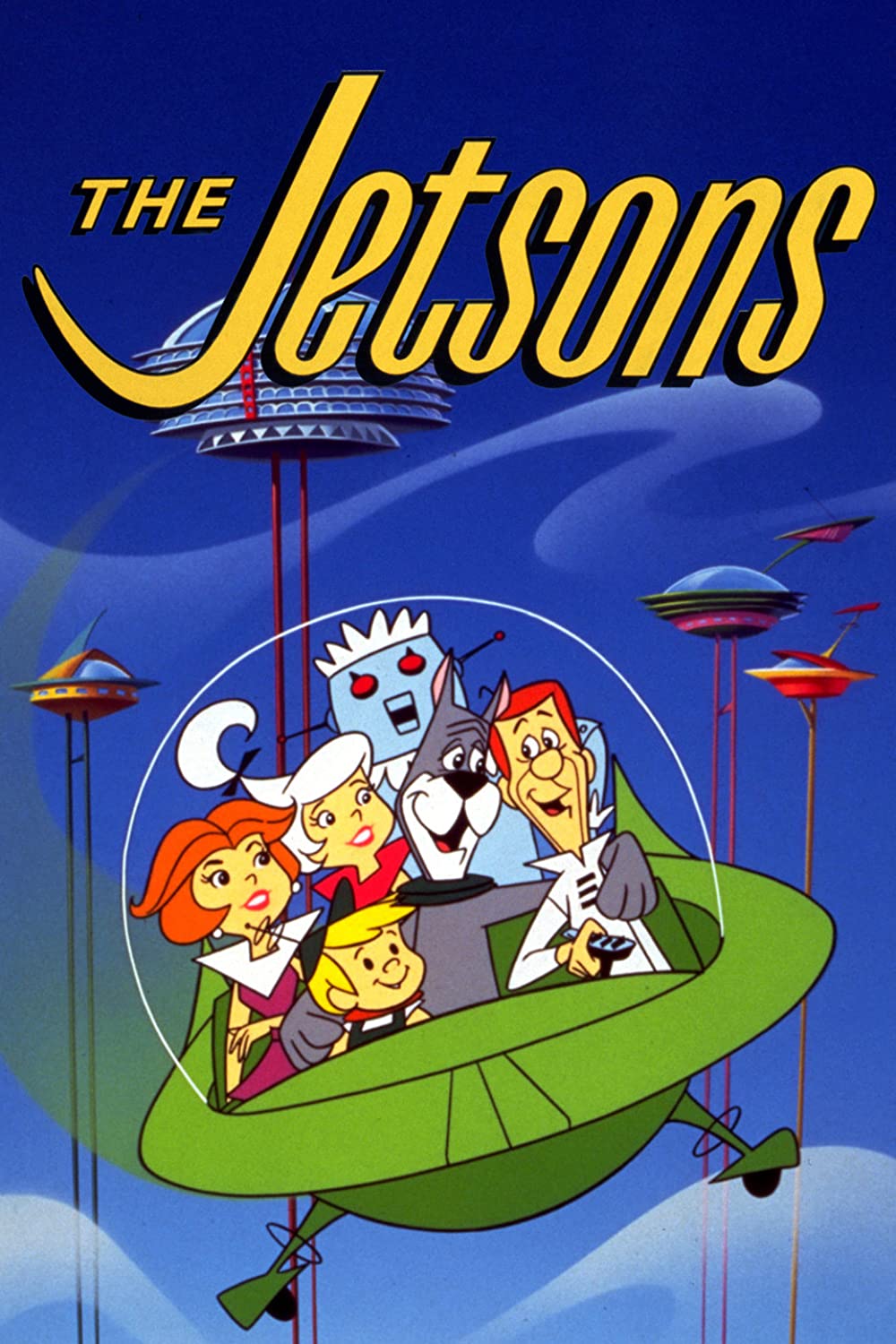
It was supposed to be Hanna-Barbera’s counterpart to The Flintstones, and they tasted success with some rich content and subtle humor. The Jetsons are a family living in a comical version of the future, and they have everything from robots to quirky inventions, and even aliens. The family resides in Orbit City, and George Jetson works in Space Sprockets under a terrible boss Cosmo Spacely. Back at home, he has a wife Jane, and a son and daughter named Elroy and Judy. Their housekeeper is a robot maid, and even their dog Astro has some special characteristics. The narrative is all about their adventures, and the hilarious scenarios that crop up in their daily lives.
This was a historic moment for ABC-TV because it happened to be the first program that was broadcast in color. It was a typical family sitcom, with all the conventional elements that you could expect. However, it was the brilliance in simplicity that made this one of the most popular cartoons during that phase. The show initially ran for 24 episodes, and later in 1985, it was revived one more time with some changes and new episodes.
It is quite remarkable to watch The Jetsons today because some of the futuristic gadgets and devices that they showed are actually a reality now. Newspapers on a screen, video chats, computer viruses, and flatscreen televisions – they all happened over the years, and hats off to the makers for being such visionaries!
People loved the show for some really cool futuristic tech, and it looked stunning for the times in terms of animation quality. The characters were easily relatable, and the only thing wrong with the show was that it ended too soon back then. That opening theme song still gets us going, and it was only going to be a stepping stone for Hanna-Barbera as they delivered some unforgettable classics over the years. We would love to see the show brought back in modern colors because there can never be a dull moment with the Jetsons!
The Flintstones (1960-1966)

This was easily one of the most popular cartoon shows from the 60s, and it was a great example of all that was right about the era! The story revolved around two stone-age families – the Flintstones and the Rubbles. Fred Flintstone worked in a quarry, and while his work wasn’t satisfactory he had a loving family with his wife Wilma and daughter Pebbles. He often bullied his neighbor Barney Rubble, and Barney’s wife Betty was friends with Wilma. Later, Barney and Betty adopted a super-strong son called Bamm-Bamm. The overall concept was inspired by The Honeymooners from the 50s, and the comedy elements were mostly reliant on the modern conveniences with a mix of stone-age technology!
When people say that The Flintstones put Hanna-Barbera studios on the map they aren’t really exaggerating. Their work in The Jetsons and The Flintstones made everyone take them seriously, and it was the beginning of a legacy that was about to unfold. This was a show that the adults could enjoy just as much as the children, and the unadulterated humor was pure and blissful. The characters like Fred, Barney, Wilma, Pebbles, etc. have been presented with unique personalities and their facial expressions steal the show at times.
They are a fun group of people to watch as they go about their daily lives, and the quality of writing was top-notch for the show. The plots were terrific and they were supported by a very capable group of voice actors who made the group come to life. Besides the constant amusement, the narrative also promoted family values, togetherness, friendship, and other essential life lessons. If you want to be chuckling all along, go ahead and check out this evergreen show, which should have never been canceled in the first place!
Space Patrol (1963-1968)

The narrative is premised on the futuristic world of 2100, and civilizations on the planets Mars and Venus have flourished by now alongside Earth. They have come together to form the United Galactic Organization and the Space Patrol is their military wing. It is led by a heroic captain, Larry Dart, and he has a few humanoids in his group. They zoom around in their space vehicles and undertake various missions, which are crucial for the security and safekeeping of the planets. It was a British show, but it was broadcast all over the world in spite of the low budget.
One of the first things that we remember about this show was how surprisingly mature the content was even though it was mainly targeted towards the kids. The characters felt real and their personalities gave them a human touch. It was impressive how good the show was visually, especially because of the low budget. The Headquarters City was a futuristic living space, and it looked too cool for its times.
The plots were well thought out and at times the narrative took quite a dark approach. Some of the story arcs were interesting even for adults, and the one where aliens from Neptune plan to take over the Earth by conquering the minds of the leaders was probably one of the best. The original ideas were generally well-received and the puppetry is something you will not find today. For a kid’s show that tried to be technically correct with nice stories, we have to say Space Patrol was an effort to cherish, and it is unfortunate that the show has sunk into obscurity.
Spider-Man (1967-1970)
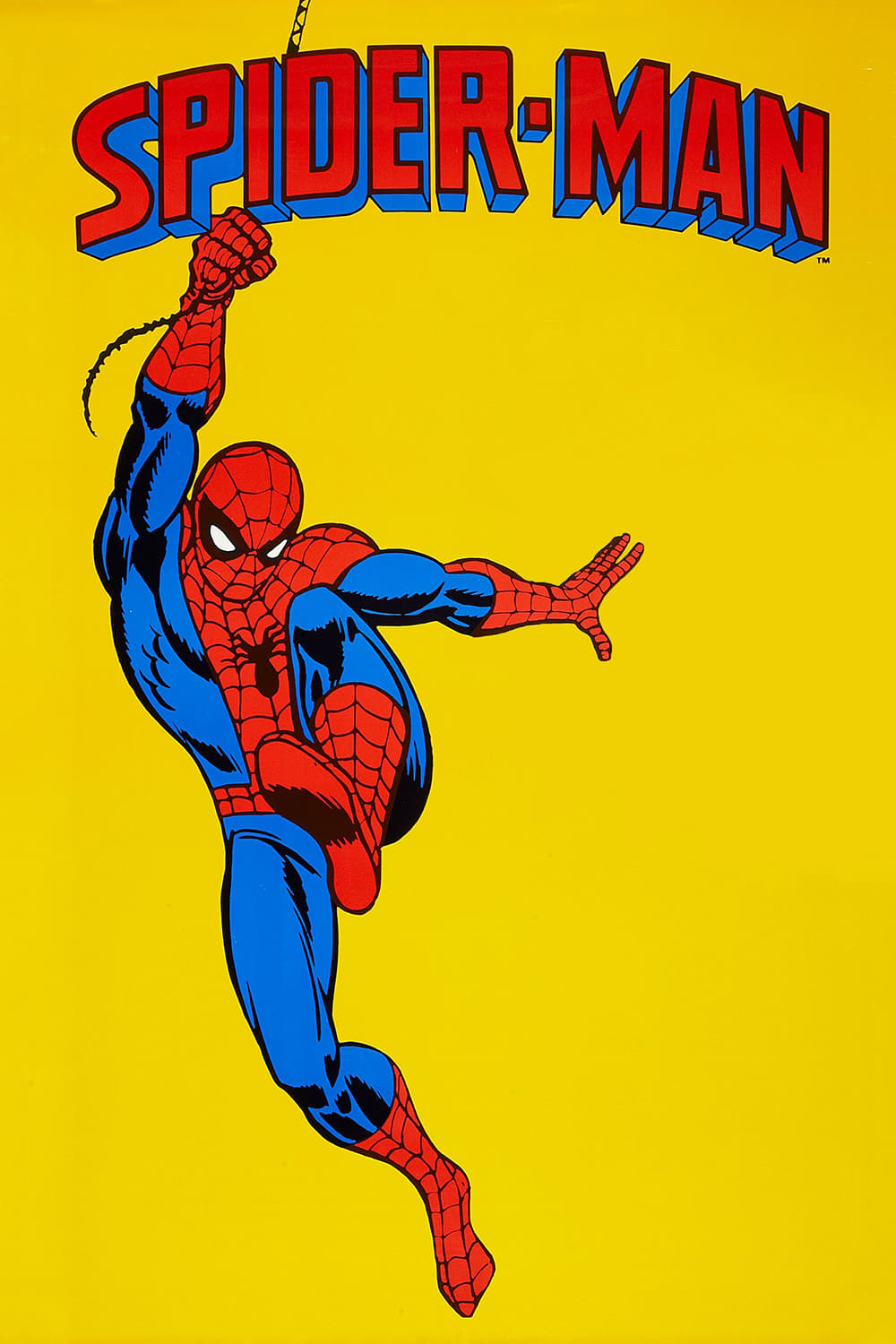
This animated version of Spider-Man holds a special space in the hearts of fans because it was the first TV series based on the comic book series created by Stan Lee and Steve Ditko. The series sheds some light on the life of a teenager Peter Parker, who gets bitten by a radioactive spider and develops certain superpowers. He has enhanced strength, with other spider-like powers, and he can shoot webs out of his hands to sling across buildings or attack the enemies. Basically, it is your typical Spider-Man being formed, and the episodes show him as the crime-fighter who is willing to risk his life to fight some supervillains. He faced the likes of Mysterio, Green Goblin, and Doctor Octopus, and also dealt with the struggles of his personal life.
The first season had Stan Lee involved with the project as a story consultant, and you get to see some familiar comic book villains featuring in the narrative. Seasons two and three were produced by Ralph Bakshi, and due to some budget cuts, the villains were replaced by magical monsters, which allowed them to use stock footage from Rocket Robin Hood, another Ralph Bakshi endeavor.
The low budget also implied low quality of animation, and at times you can literally see Spider-Man swinging off webs that look like they are connected to the sky! It gets significantly better in the 90s, but the 60s version is special because it started things off in many ways.
Spider-Man was quite a cool superhero with his unique powers and catchy one-liners, and many were drawn to the character at this point and started exploring the comic books. Sometimes, things got a little too intense for the young audience, but the show was easily the one that announced Marvel’s dominance in animation.
Scooby-Doo Where are You (1969-1970)
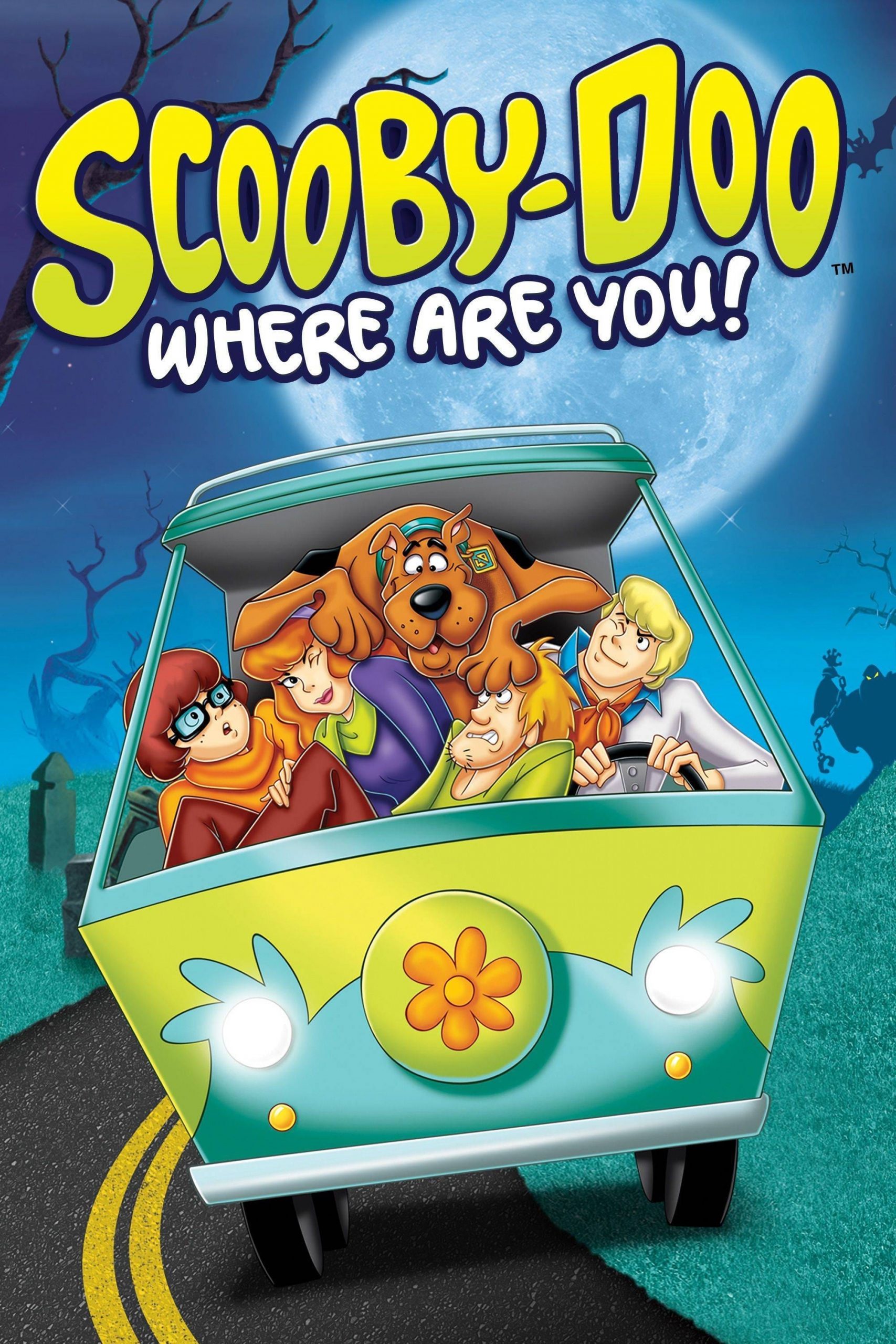
Many of you probably know Scooby-Doo from some of the later popular animated shows, but this was the one that made the group of young friends and their Great Dane Scooby-Doo familiar to the fans. Velma, Shaggy, Fred, and Daphne would hop into their green van along with their Great Dane, and they would involuntarily get involved in strange mysteries. Each one of these mysteries was unique in its own way, and each would almost always involve something that appeared to be supernatural at first. Eventually, clues and other findings would reveal the foul-play of the real villain, and overall, the episodes would promise loads of fun moments, courtesy of the cowardly dog Scooby and his best friend Shaggy!
CBS initially rejected the series because they thought that the artwork and the concept would be too frightening for children. After the rejection, the Hanna-Barbera staff decided to get the dog to take the center stage, and the spooky element was considerably toned down. The re-hashed version of the show was considered to be presentable and this is how the iconic Scooby-Doo found its footing in the animated world. This series was classic children’s TV at its finest and the key was to keep things simple and family-friendly.
The episodes kept getting better with time, and the writing was always amusing enough to keep the viewers engaged. The catchy theme tune, the bright and colorful animation, and the memorable villains made sure that the show always kept playing on the fancies of the young audience. The voice-acting team was perfect for their roles and Don Messick as Scooby and Casey Kasem as Shaggy never fail to entertain. There were several later versions to entertain the fans, but the charm of the original will always be something special!
Popeye the Sailor: (1960-1963)
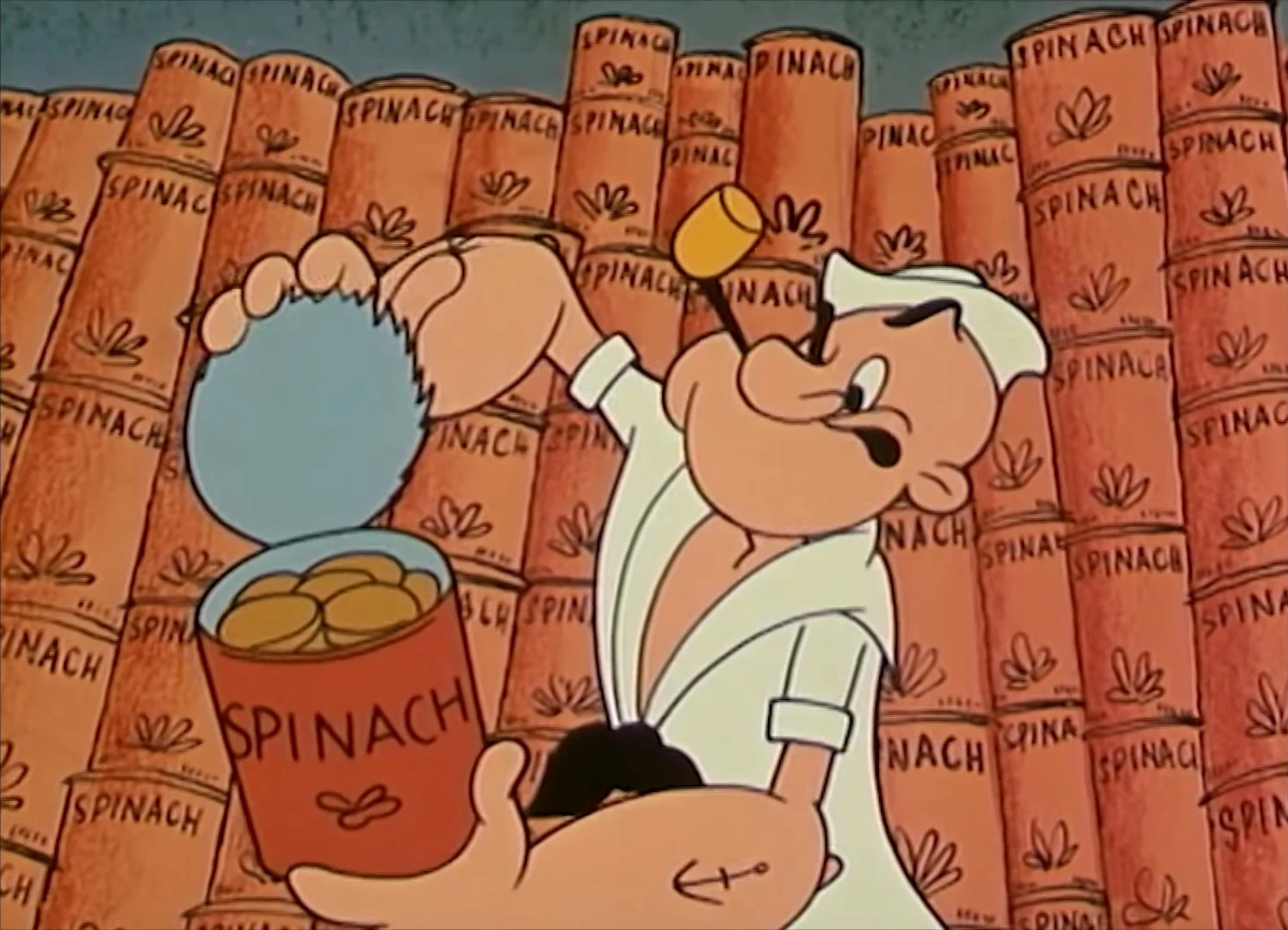
With over 220 episodes, this series produced for King Features Syndicate TV became one of the biggest content holders for stories featuring Popeye. The episodes were fairly linear and the idea was to show the savior, heroic side of Popeye the Sailorman. His lady love, Olive, would often run into trouble, and he would have to save the day with his regular dose of spinach. He would become considerably stronger after consuming spinach, and this helped him in his numerous adventures. Once again, simplicity held the key, and people enjoyed watching the series because of the uncomplicated storytelling!
The show creators did not have their own cartoon studios and this required them to create storyboards and send them across to various other studios. This often resulted in various different styles of animation and the quality varied as well. However, it also goes on to show the grit and determination that the creators had back in the day to get the job done! You must have noticed Popeye’s fascination with spinach, and this was actually due to a popular belief that spinach was a superfood.
The iron present in spinach was miscalculated and shown to be a lot higher than it actually is! It is still a nutritional food, just not enough to make you powerful in seconds! Minor inconsistencies and inaccurate facts aside, the show totally rocked! The quality of the stories and the animation did have a few ups and downs, but the overall fun factor was never compromised. Popeye was quite a protagonist with his urge to protect the honor of his lady love, and his silliness is forgivable because of his enthusiasm. The narrative did end up being a tad bit repetitive, but it is a risk you have to consider when picking up something like Popeye the Sailor!
The Adventures of Gulliver: (1968)
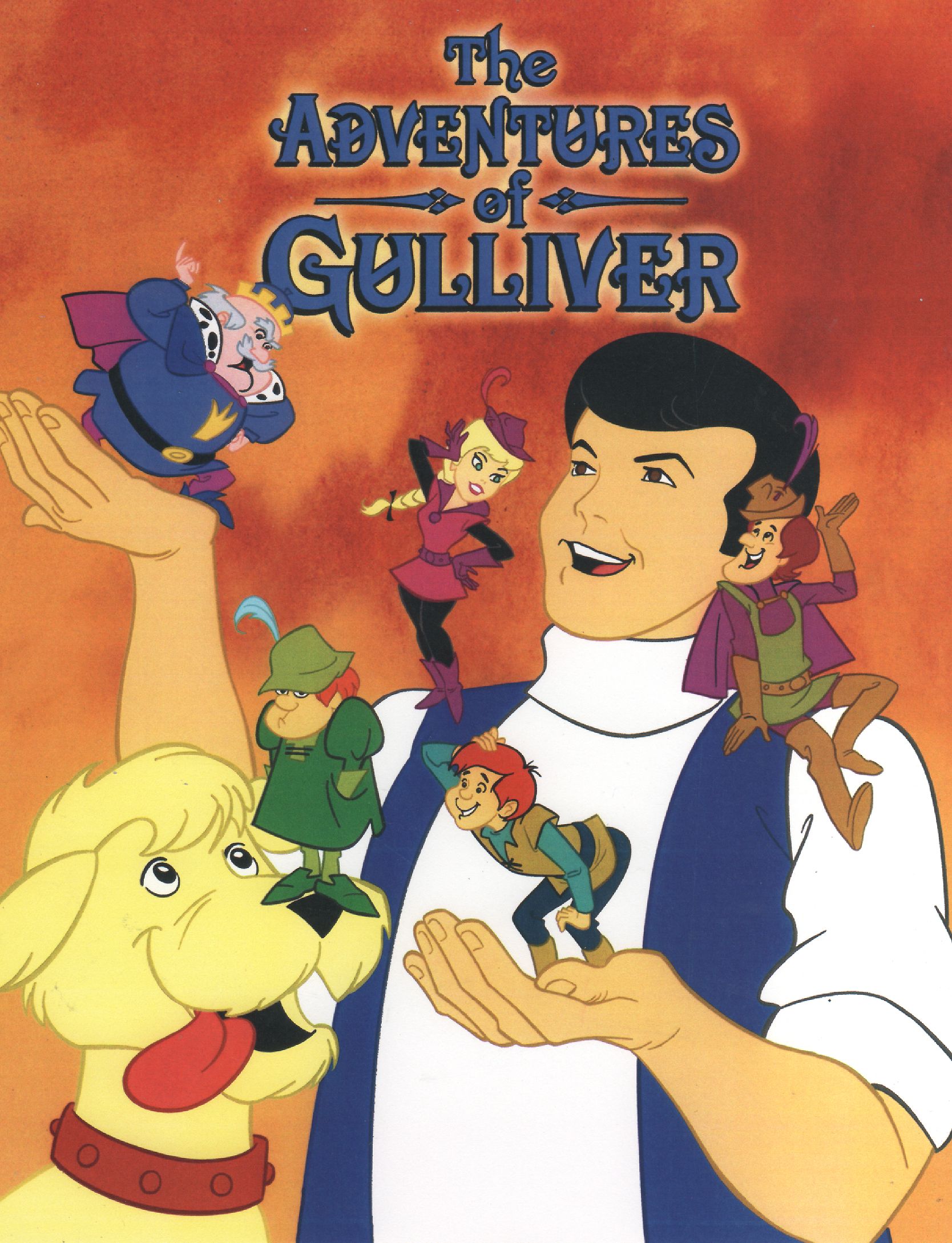
Whenever you find these unforgettable cartoon shows from the past, it becomes extremely clear how crucial Hanna-Barbera Productions was in making cartoons popular for the masses! This is yet another show handled by them, and the life quality of the narrative is hard to miss.
It tells the story of Gary Gulliver, who goes on a treasure hunt along with his father and his dog Tagg. They get caught in a shipwreck and Gary and Tagg end up on the island of the Lilliputians. The Lilliputians are only a few centimeters tall, and they soon develop a friendship with Gary and Tagg, even helping them search for Gary’s missing father. Their adventure saga comes alive through the episodes, and each one of them has some grand surprise waiting for you!
This was a modern updated version of Jonathan Swift’s classic novel, and the satirical narrative absorbs some thrilling plots to keep things interesting. There are several fun characters all around, and the likes of Lilliput king Pomp, his daughter Flirtacia, and the other miniature friends of Gary are amusing on screen. Captain Leech would always try to get his hands on Gary’s treasure map, and his unsuccessful attempts also add to the humor.
The stories were quite engaging, and the action-packed background score always kept the adrenaline flowing. The animation was pretty good for its times, and considering the fact that this show was the predecessor to some of the Hannah Barbera gems like Scooby-Doo, things are certainly very impressive. In short, this might not be an unforgettable classic that is incredibly popular, but The Adventures of Gulliver is still a great 60s cartoon that can be worth revisiting!
Jonny Quest: (1964)
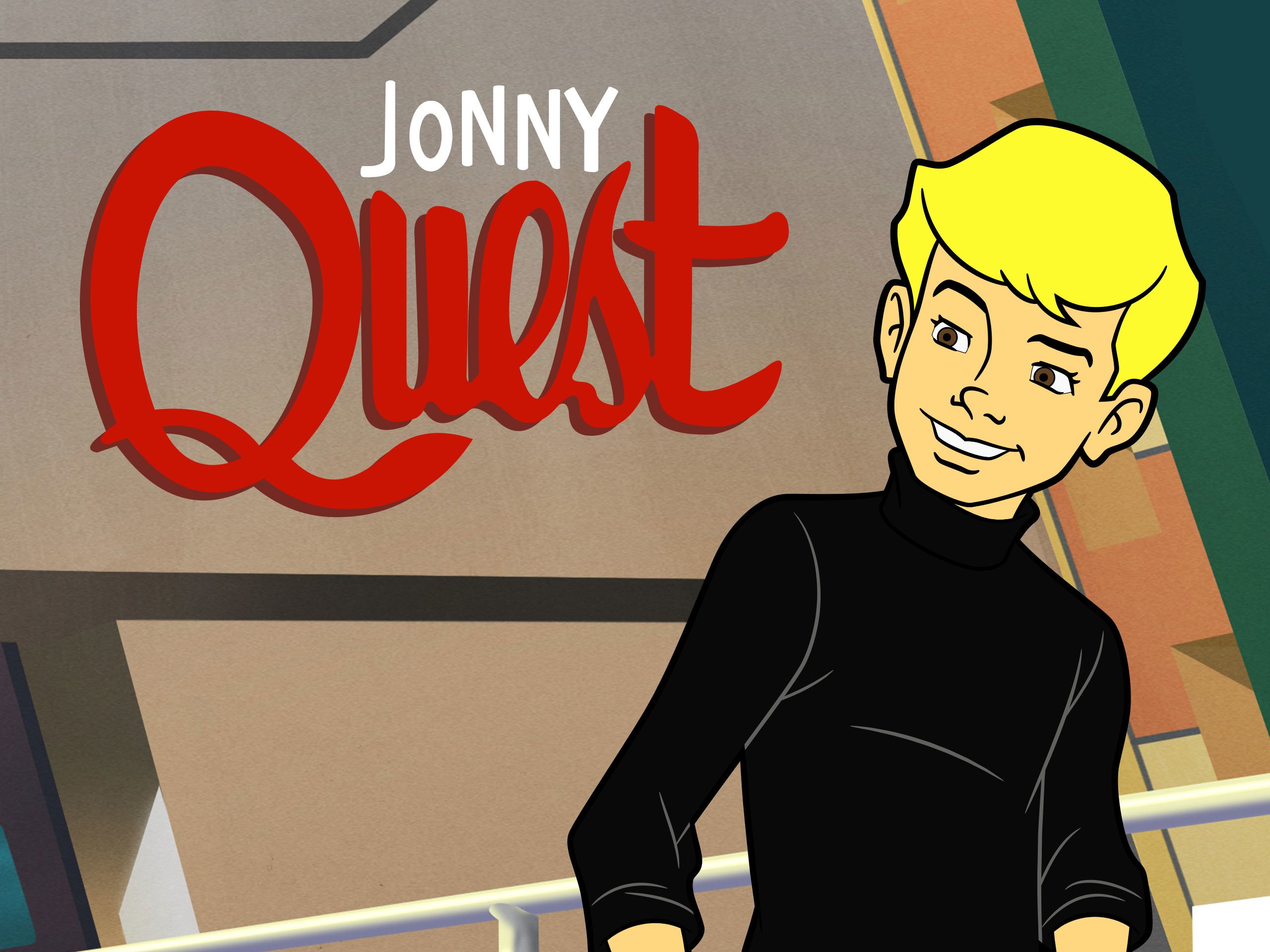
This animated series looked surprisingly realistic because it was inspired by more realistic art and human characters. Jonny Quest was one of the first Hanna Barbera action-based adventure shows, and they made use of a radio drama adventure character, Jack Armstrong, the All-American Boy. The titular character is a 10-year-old boy, whose father, Dr. Benton Quest, is a research scientist working for the government. He is often called for certain missions that require his expertise and he is accompanied by Jonny, their bodyguard, and their bulldog named Bandit. An Indian orphan named Hadji also helps them with his special powers, and together they work through various mysterious and dangerous situations around the world.
You know it was a special cartoon show when you have fond memories of it after over 50 years. This was yet another Hanna-Barbera stamp of brilliance, and the show had everything from adventure to action. The protagonist was a little boy and we could all relate to the character and root for him. Johnny Quest was not your usual run-of-the-mill cartoon show from the 60s, and the content was certainly far more mature than some of its contemporaries.
The show had some moderate violence, but it also focused on the fact that violence always had consequences. The additional elements, such as dinosaurs, airplanes, robot spiders, invisible monsters, etc. made things interesting and addictive, and there were simply no limitations to the creativity in the show.
Unfortunately, all the goodness of the show did not convince the critics. The show’s popularity wasn’t exactly sky-rocketing and the production costs were a bit on the higher side. Eventually, the inevitable happened and the show was canceled untimely after only one season. It might be a forgotten series today, but we have no hesitation in admitting that this was a thoroughly enjoyable show while it lasted!
Birdman and the Galaxy Trio: (1967)
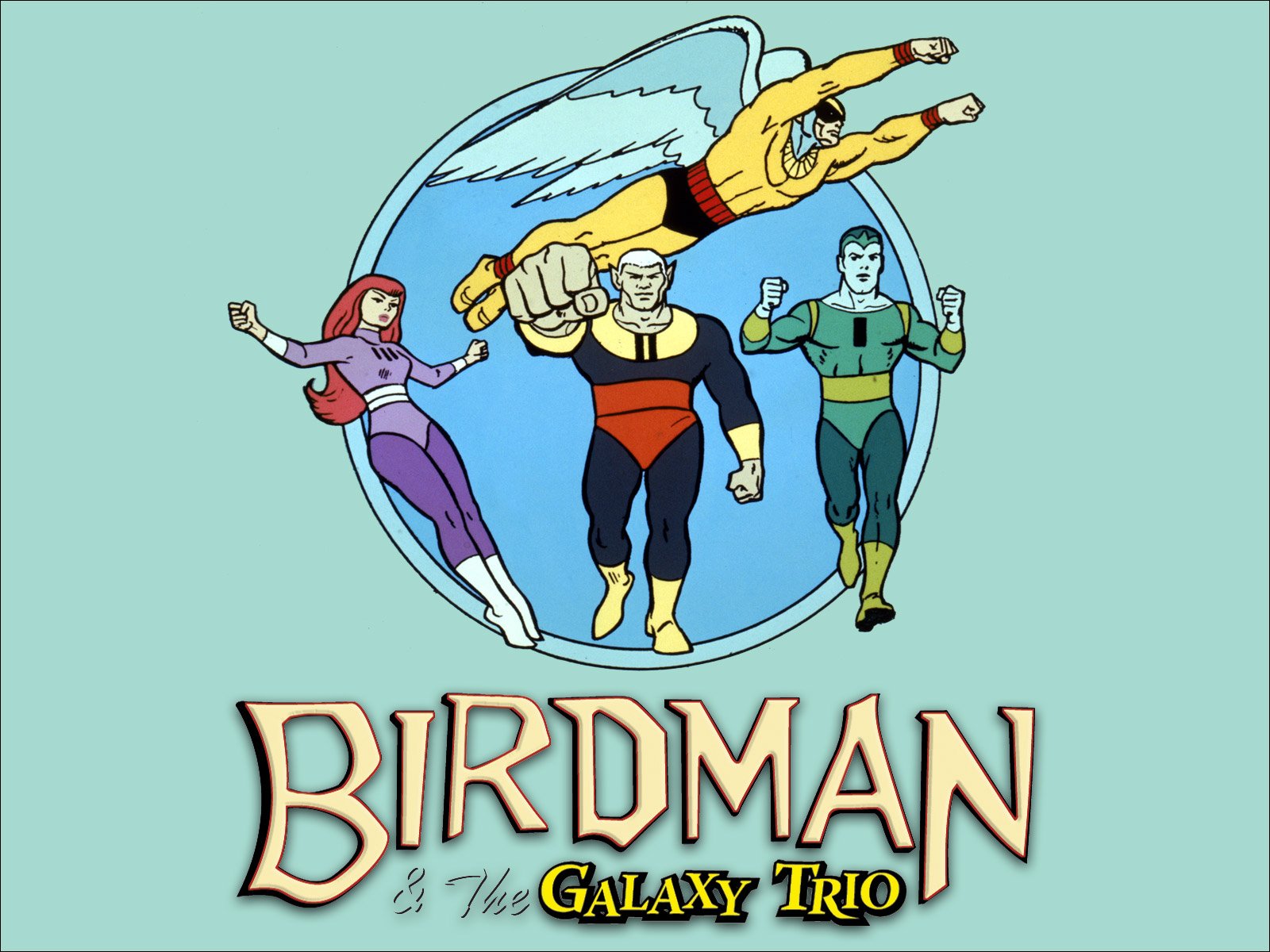
This animated series helped us develop an early taste for superheroes! The show consisted of two parts – the one featuring Birdman was about the adventures of the winged superhero, and the other was about the Galaxy Trio, a space patrol boat involving interstellar superheroes. It was more of an anthology with each segment having independent story arcs, and except for a few rare occasions, the characters or the plots never interacted with one another. The show ran for a solitary season comprising 20 episodes, but the narrative was impactful enough for many others to follow with time. A sequel series titled Harvey Birdman: Attorney at Law was a popular series in the 2000s and it ran for four successful seasons.
If we are completely honest with you, the show does have its shortcomings. For starters, the Galaxy Trio did not really seem like a very convincing group of superheroes. Featuring characters like Meteor Man, Gravity Girl, and Vapor Man, they lacked a proper backstory and this made things look pretty random at times. Birdman, on the other hand, was far more interesting, and the pre-CG, animated shorts era of superheroes hold a special position in the hearts of the old-timers.
It was certainly at par with some of the other crime-fighting animated shows that were doing the rounds, and Birdman was a pretty cool superhero. He was powered by the sun and he was in a bird costume – whacky as it may seem, he still appeared to be the invincible badass! The Galaxy Trio fighting the worst threats of the universe also looked great as long as you did not question the rationality of things. All in all, Hanna Barbera’s winged wonder and the space heroes were steadily gaining popularity, and the only reason they got canceled was because of the repeated complaints of violence in the show.
Space Ghost: (1966-1968)
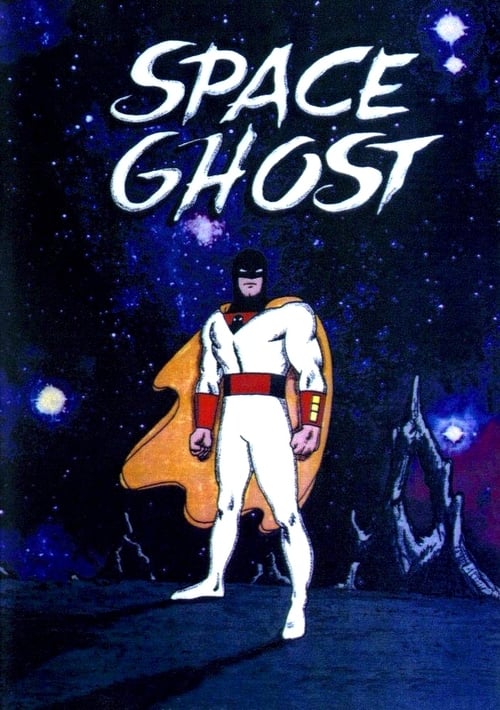
This was a nice addition to the animated superhero content in the 60s, and Space Ghost presented the adventures of a super cool space superhero. He was an intergalactic superhero who flew around in his spaceship while protecting the galaxy from the baddies. He had some able accomplices, and together, they would take on hostile creatures and other threats. Some of the stories were quite campy in nature, but some others were pretty serious – some even push things to the point where the superhero had to put his life on the line.
Classic and memorable – these two words probably best describe the Space Ghost animated series. It was a combination of great stories and capable voice actors, and when you add the vibrant animation style, things simply cannot go wrong! If the hero of the show was impressive, the diabolical villains were not too far behind. They were easily some of the meanest and most unique antagonists back then, and the likes of Metallus, Black Widow, Cyclo, etc. were something the audience wasn’t used to. It was great fun to watch some crossover moments, where the superhero would travel through time and space and interact with Dino Boy, the Herculoids, and others.
They could have provided a backstory for Space Ghost or his sidekicks to make things more relatable, but this wasn’t even attempted. From an adult’s perspective, things might not look very appealing here, but the kids totally devoured the show, and it was the reason for many to fall in love with comic books! Many call this the first Hanna Barbera superhero animated series, and in this regard, Space Ghost has some historical significance as well!
Aquaman: (1967)
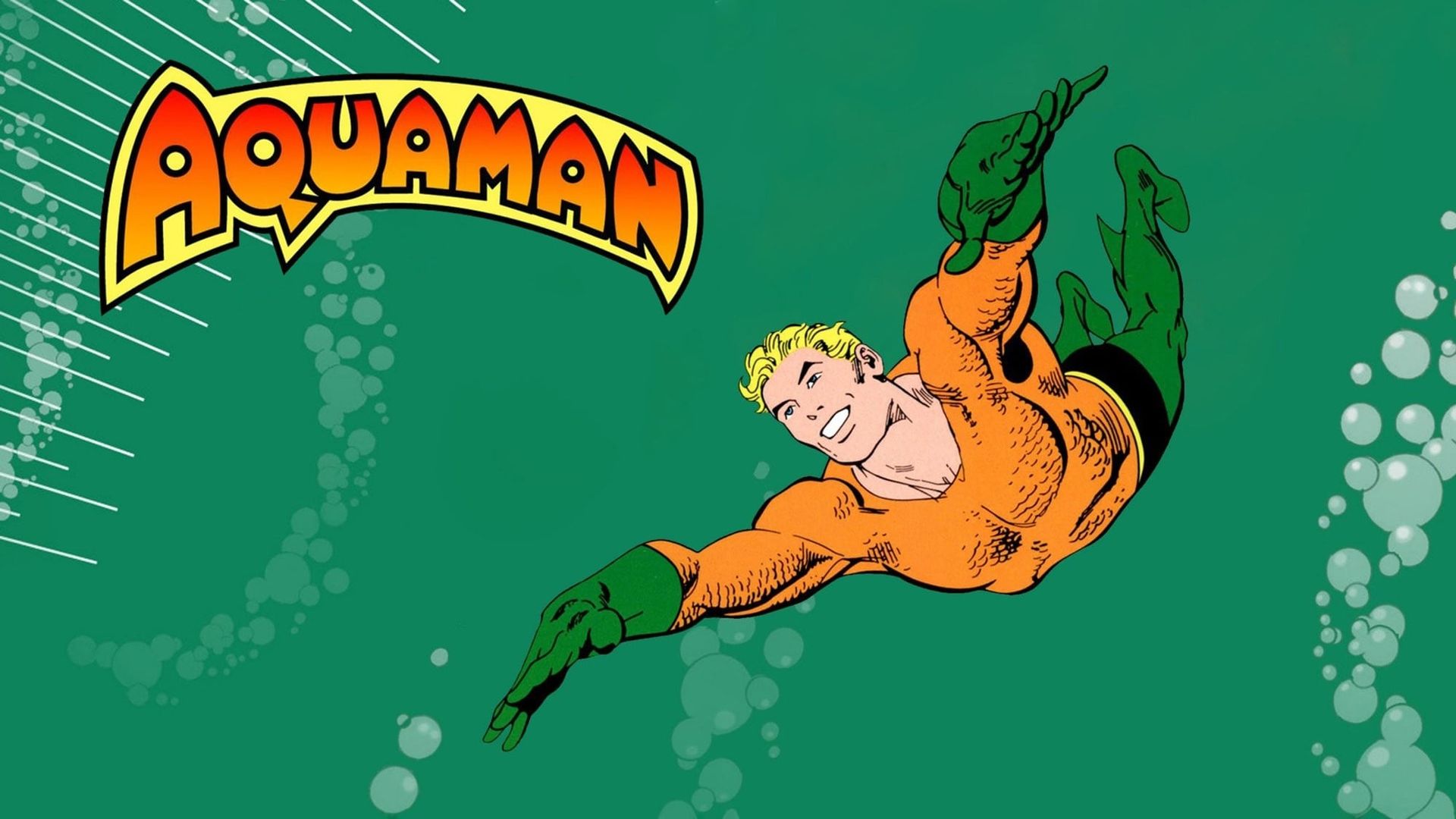
This Filmation animated series was a repackaged version of The Superman/ Aquaman Hour of Adventure, and it came without the Superman and Superboy segments. The show captured the best of the adventures of Aquaman and there were also occasional appearances of his wife Meera. You had all the usual characters associated with the superhero, and he would have to deal with various threats throughout the episodes.
Aquaman is not exactly the favorite superhero for most people, but this show is made for a wholesome experience. It was not just about Aquaman and his sidekick Aqualad, the series threw up surprise appearances every now and then. The voice actors stole the show with a thumping performance, and Ted Knight as the narrator and many of the villains were simply outstanding. Later, Warner Bros.
Animation’s series Superman and Justice League featured a far more sinister Aquaman, but this will remain our first love affair with the aquatic superhero. The duo of Aquaman and Aqualad was kind of like Batman and Robin’s underwater version, and you will get to witness some familiar villains like Black Manta and the Fisherman. The sound effects are a bit campy and the animation style is nothing remarkable, but the nostalgia of this old-school Aquaman throwback will make it worth your time.
Dastardly and Muttley in their flying machines: (1969)
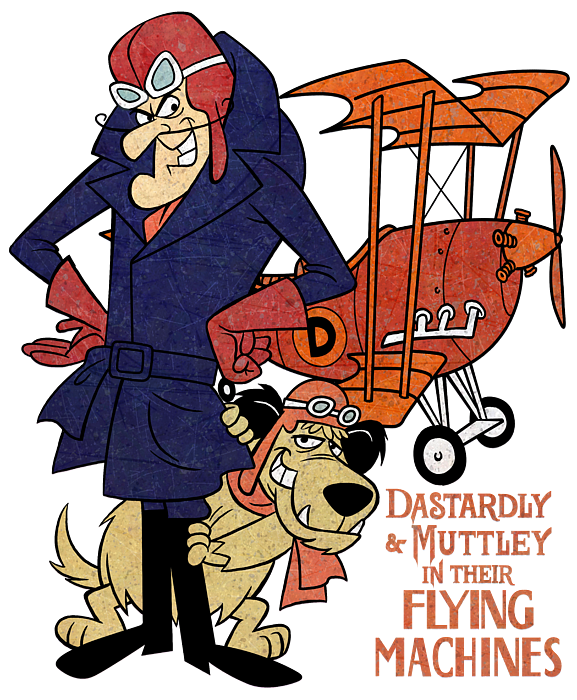
This was a very different animated show when you compare it to its contemporaries, and the series was premised in the World War I era. The storyline is as simple as it gets – Dick Dastardly and his dog Muttley are joined by the rest of the Vulture Squadron. They lead the fighter aircrafts for one mission, which happens to be a crafty, sneaky pigeon. This pigeon carries messages for the enemies and the goal for Dastardly and his gang is to stop it before the message reaches its destination. They come up with various plans to outsmart the cunning bird, but it still seems to be one step ahead of them.
This animated series was basically a parody of a movie titled Those Magnificent Men in their Flying Machines. Not many are aware that this was also a Hanna Barbera show because it was so uncharacteristic of their usual style. Besides, it wasn’t common for them to use just two voice actors for all the roles. Clearly, this was not some big-budget effort, and the whole thing thrived on being downright silly! However, that should not be fooling you because this was the biggest draw of the show – the mindless fun.
The narrative is strangely compelling, and the combination of all the loopy ideas and corny gags makes it such an entertaining watch. The main story arc becomes repetitive after a point, but the voice acting is solid throughout. You might also remember the simple, yet melodious theme tune which set the tone for the show! In short, this show was delightful to watch as a kid, and the children nowadays don’t have the luxury of such uncorrupted entertainment today!
Frankenstein Jr. and The Impossibles: (1966)
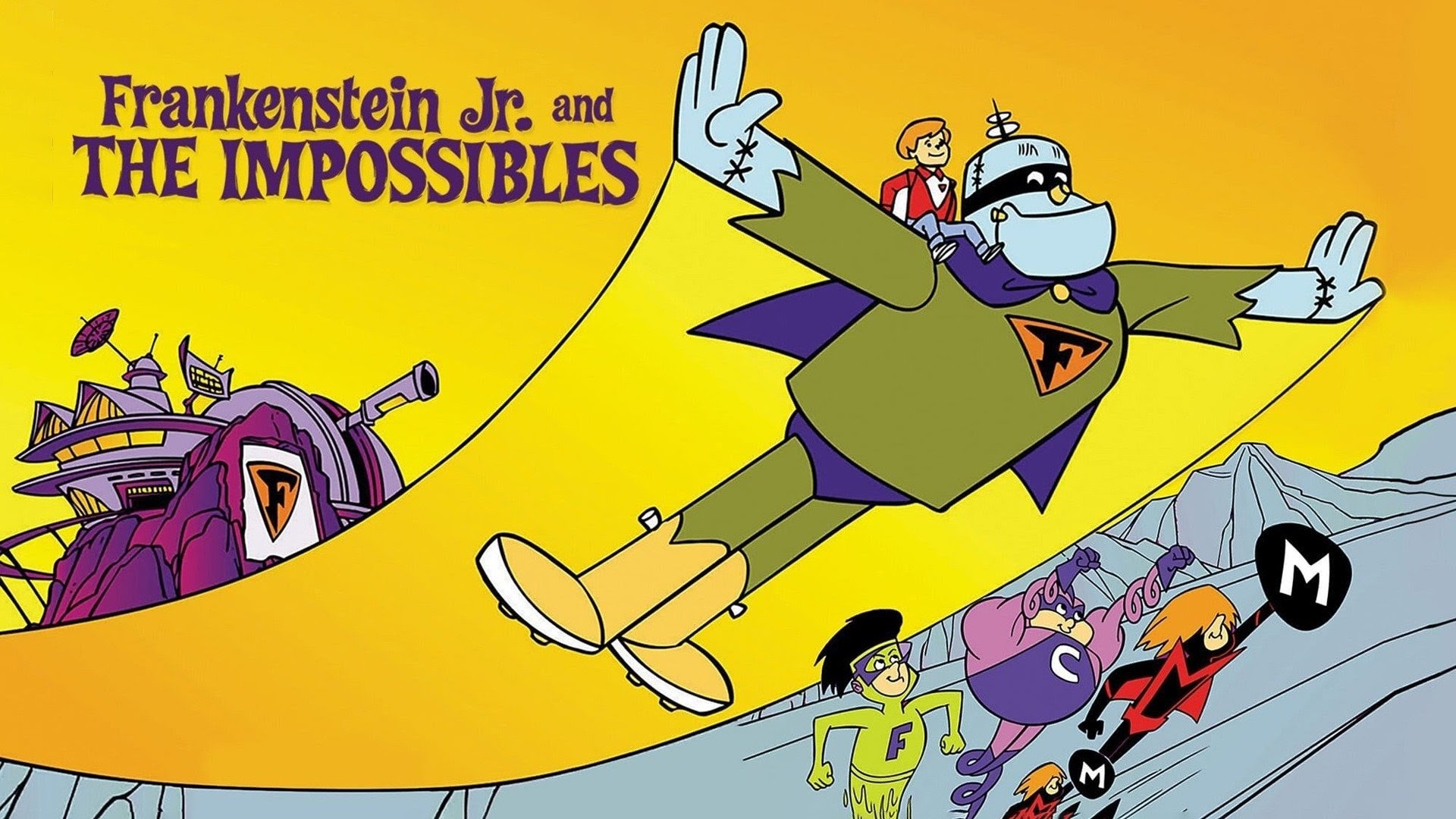
Frankenstein Jr. and The Impossibles contained two segments and the one with Frankenstein Jr. would be sandwiched in between. The Impossibles were basically a superhero trio, who posed as a rock band undercover. Multi-Man could create copies of himself, Coil-Man could turn into a springy coil-like structure, and Fluid-Man could transform into a fluid form. They would receive various assignments from Big D and go about their missions accordingly. Frankenstein Jr. on the other hand was about a boy scientist named Buzz Conroy, who fought supervillains helped by the titular robotic hero.
What really comes as a surprise is a limited number of episodes and untimely, the cancelation of the show! It was one of the best 60s animated series, and the uniqueness of the plot alone was worth the attention of the fans. It was a special effort from the Hanna-Barbera camp, and even with the easiest of plots, the concept worked wonders.
The silliness of the narrative was one of the reasons behind its success, and the creators never tried to make you believe that Frankenstein Jr. was a hero to be taken seriously! The show also featured some great songs courtesy of the Impossibles, and even musically they were a huge hit for the fans. Shows like this are really an integral part of our culture, and future generations should have the opportunity of witnessing such shows even today!
Captain Scarlet and the Mysterons: (1967)

In a futuristic world, space warfare has reached uncontrollable proportions. The story is premised in the year 2068, and the Earth receives a signal from Mars. It is discovered that a hidden alien race called the Mysterons sent the message and they are simply curious about life on Earth. However, a misunderstanding leads to a war between the two species. The Mysterons are a supremely powerful alien race capable of duplicating and cloning everything. Their biggest strength turns into the force for Earth after Captain Scarlet is created and this almost indestructible superhero becomes Earth’s savior. Will there be an end to the deadly fight against the alien menace?
As you can imagine from the storyline, the series keeps things pretty serious the whole time. You have a water-tight plot, and the suspense and thrill are maintained throughout the show. It was one of the finest Anderson’s shows, and right from the creepy opening sequence, you get the idea that this is not like their other works. However, there are certain limitations that come due to the puppets that are used.
Movements are not fluent, and the models hardly look real. But then again, you have to consider that all this is part of the charm of the show. The voices of the Mysterons have certainly scarred an entire generation, and just like the superhero, even the show has indestructibly stood the test of time. This is certainly one of the best works in Supermarionation, and once you get used to the idea, it promises to be a compelling series!
60s cartoon shows might take the backseat when people enthusiastically discuss some evergreen shows from the 80s and 90s, but it takes nothing away from the importance of the revolution that started much earlier. A conscious effort to make cartoons appealing for both young and the old resulted in the golden age later on, and we hope you liked our picks for some of the finest 60s cartoon shows. Do let us know in the comments below about your favorites, and feel free to add the ones we missed out on!
